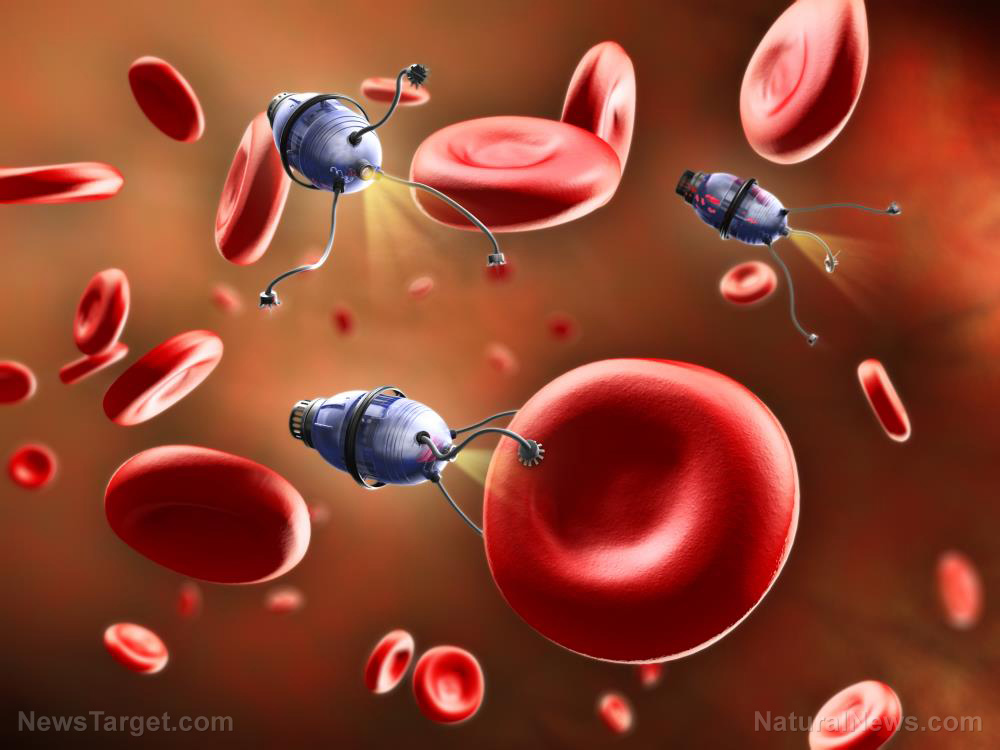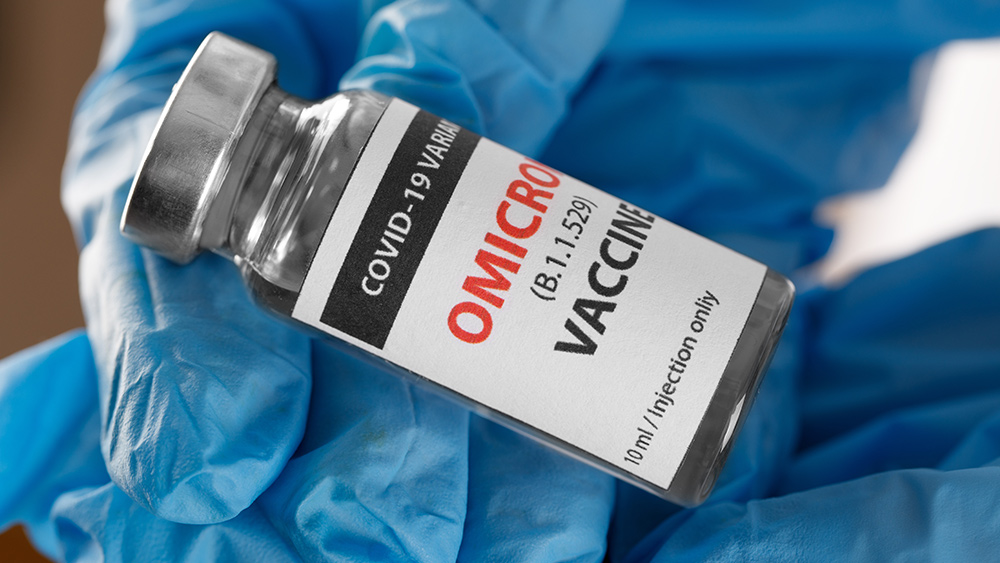VENOM FACTORIES: World Economic Forum celebrates new technology to SYNTHESIZE snake venom peptides using RNA advances for rapid venom “drug” development and deployment
04/14/2022 / By Ethan Huff

Back in 2018, the World Economic Forum (WEF) published an article announcing that scientists had come up with a way to artificially synthesize snake venom peptides for drug development purposes.
Advancements in DNA and RNA technology, the article explains, make it possible to synthesize snake venom as opposed to extracting it from the animal as was previously required.
“For instance, traditionally, live venom would be extracted from the animal, then injected into an unsuspecting live rodent or fish to study its impact,” the article explains.
“Nowadays, the DNA and RNA of the venom have already been identified, which allows researchers to synthesize its components and test out their theories.”
Dr. Mandë Holford, an associate professor of chemistry at the Hunter College and City University of New York (CUNY) Graduate Center, is a venomics expert who works in the field and is mentioned throughout the article.
Holford helped develop captopril, an angiotensin-converting enzyme (ACE) inhibitor drug that is used to treat high blood pressure. Its main compound is derived from a species of pit viper found in Brazil.
“Prialt, derived from the venom of cone snails, is used by some of the estimated 22 million adults in the U.S. who suffer from severe and chronic pain,” the article explains.
Insulin was the first ever snake venom-based peptide drug to be developed
Another drug class mentioned is Byetta, which lowers blood glucose in patients with type 2 diabetes. Its main ingredient, exendin-4, is found in the saliva of the Gila monster, a large lizard species native to the southwestern U.S. and northwestern Mexico.
“This has ushered in a whole new way for pharmaceutical industries to treat pain, they are now looking for things that target something other than opioid receptors,” Holford said at the time about these medicines.
The reason why snake venom works well in these applications has to do with how it targets disease.
“I like to describe venom as a cluster bomb,” Holford explained. “Its job is to shut down the normal function of the prey and in doing so, it fans out (and) hits several targets, which is a great thing for pharmaceutical development because you have several avenues to explore.”
“Because it’s so fast-acting, so potent and highly specific to its target, venom has all of the ingredients necessary for making a drug.”
The recent revelation about snake venom in the Wuhan coronavirus (COVID-19) offers a fresh perspective on how snake venom is being used by Big Pharma and the globalists to develop new drugs.
Most people up until a few days ago probably had no idea that snake venom was even a thing in pharmaceutical development. Now we know that it is probably a key component to the plandemic.
Since the DNA and RNA of snake venom are identified and understood by the scientific community, researchers say that synthesizing its components and turning them into drugs is a relatively fast and simple process.
“These peptides have a particular structure and that structure dictates their molecular target,” Holford further revealed. “So when we get the primary sequence, we look for those codes that indicate what the structure of this peptide would be like.”
“Then we use that as a clue to try to understand if it’s going to hit, let’s say, for example, potassium channels versus sodium channels versus calcium channels, all three of which have different functions.”
One of the problems with peptide therapeutics is that they can be difficult to get into the body compared to small molecules, which are easier to make and have strong bioavailability.
More related news can be found at Pandemic.news.
Sources include:
Submit a correction >>
Tagged Under:
Big Pharma, captopril, depopulation, DNA, drugs, Gila monster, peptides, poison, RNA, snake venom, synthesize, toxins, vaccines, venom, wef
This article may contain statements that reflect the opinion of the author
RECENT NEWS & ARTICLES
Vaccines.News is a fact-based public education website published by Vaccines News Features, LLC.
All content copyright © 2018 by Vaccines News Features, LLC.
Contact Us with Tips or Corrections
All trademarks, registered trademarks and servicemarks mentioned on this site are the property of their respective owners.






















